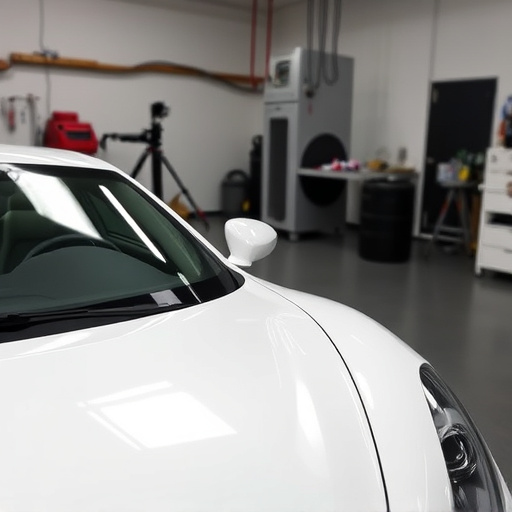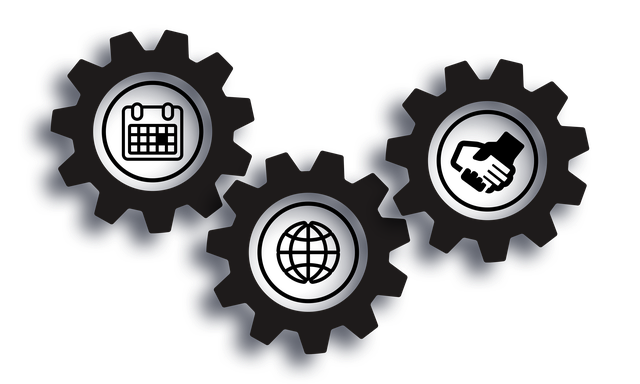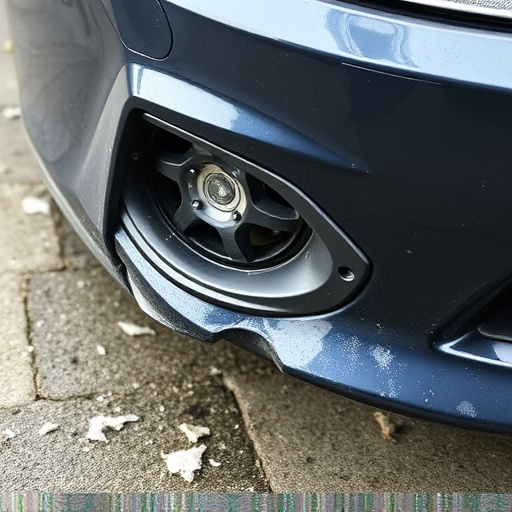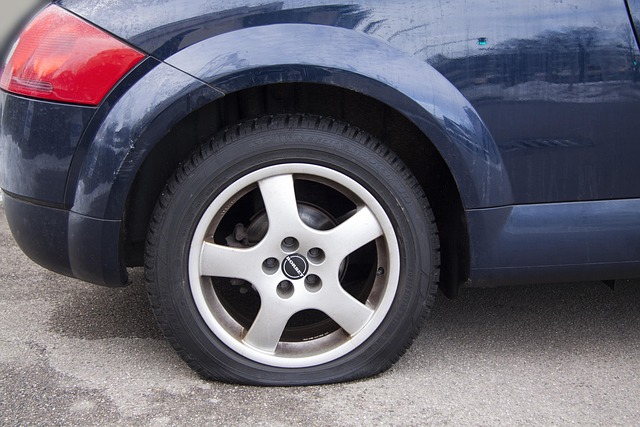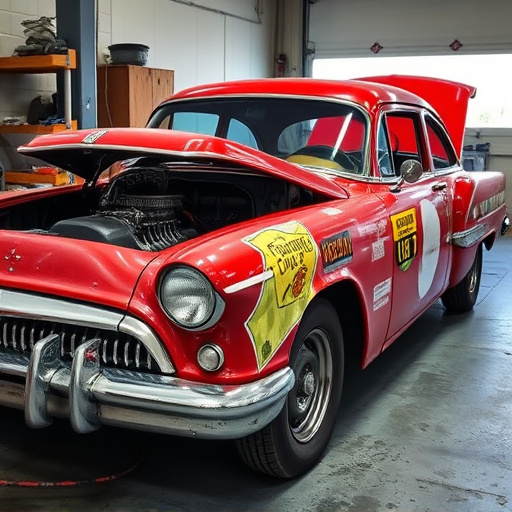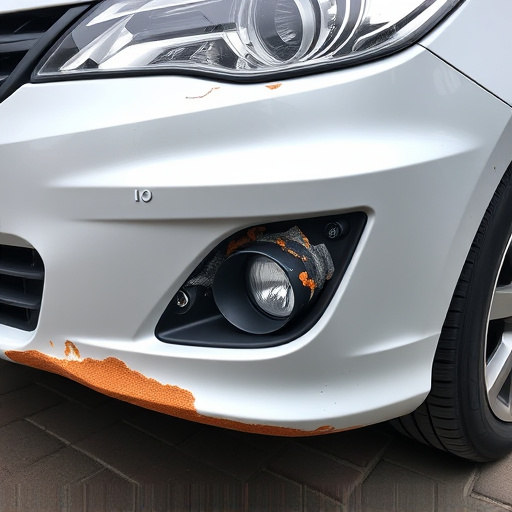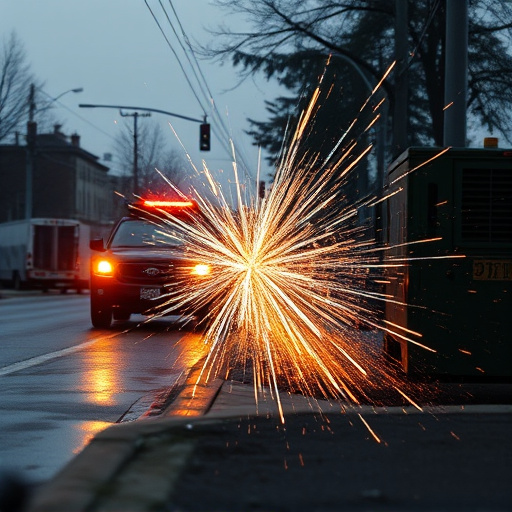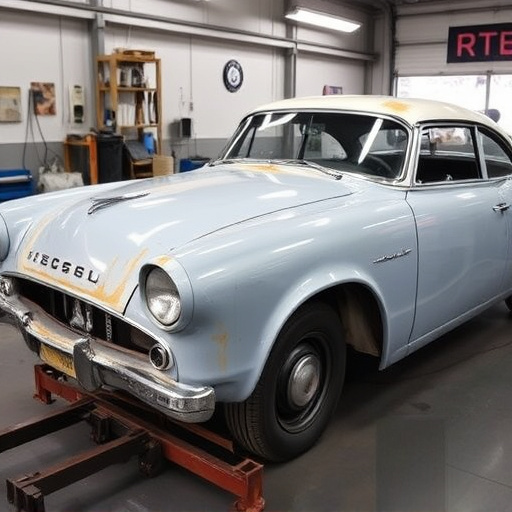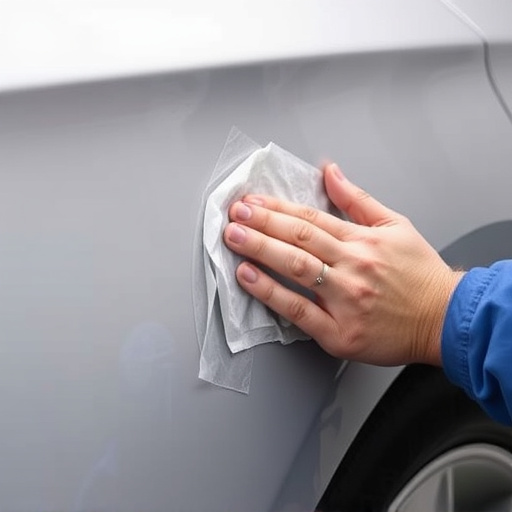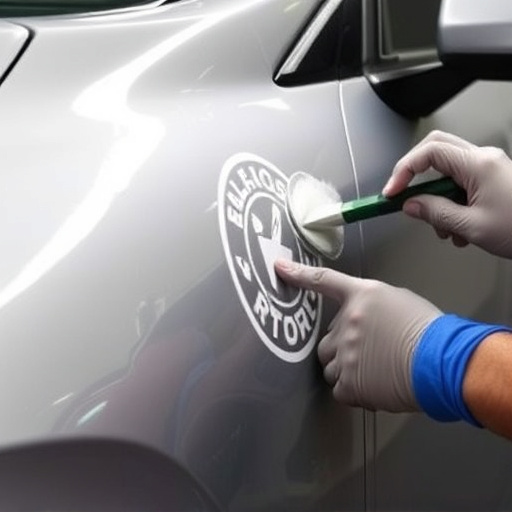Car collision repair duration varies with damage severity, component impact, part choices, and technician skill. Minor repairs like dent removal are swift (a few hours), while complex structural fixes may take weeks. Using original equipment manufacturer (OEM) parts typically takes more time due to specialized techniques. Efficient workshops optimize turnaround times using advanced diagnostics, strategic task prioritization, resource allocation, and meticulous scheduling, enhancing customer satisfaction.
Car collision repair times vary based on the severity of the damage and numerous factors. Understanding the repair process and what influences duration is crucial for car owners navigating post-accident challenges. This article delves into the key aspects, including the step-by-step repair process, environmental impacts, and best practices to optimize turnaround time. By understanding these elements, you can better prepare for the journey ahead and ensure efficient car collision repair.
- Understanding the Repair Process
- Factors Affecting Repair Duration
- Optimizing Collision Repair Turnaround Time
Understanding the Repair Process
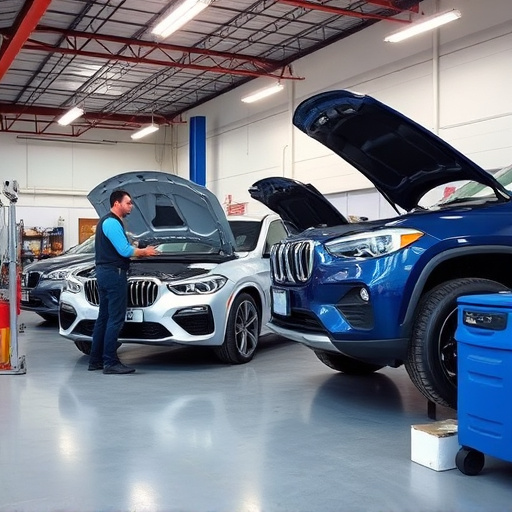
Understanding the Repair Process for Car Collision Damage
Car collision repair involves several stages, each with its own complexities and time requirements. Initially, the damaged vehicle undergoes a thorough inspection to assess the extent of the harm. This includes identifying issues like dented panels, broken glass, or more intricate damage to structural components. Once the scope of work is established, technicians begin the repair process, which can vary significantly based on the severity of the collision.
Minor repairs, such as dent repair and car paint restoration, can be relatively quick, often taking just a few hours. More complex tasks, like mercedes benz repair or significant structural adjustments, may demand more time, sometimes stretching over several days or even weeks. The duration also depends on the availability of parts and the technician’s schedule. Efficient workshops with well-stocked part inventory and skilled labor can expedite the process, ensuring your vehicle is restored to its pre-collision condition in no time.
Factors Affecting Repair Duration

The duration of car collision repair can vary significantly based on several factors. One major determinant is the severity of the damage; complex or extensive repairs will naturally take more time than minor fender benders or cosmetic fixes. The complexity of a repair often depends on the number and type of components affected, such as body panels, mechanical systems, or electronic parts. For instance, a simple fender repair might only take a few hours, while replacing a crumpled hood or fixing extensively damaged interior may extend the timeline by days or even weeks.
Another crucial factor is whether you opt for original equipment manufacturer (OEM) parts or aftermarket alternatives. Using OEM parts often requires precise, specialized techniques and tools, which can lengthen the repair process. Conversely, auto repair services that utilize aftermarket components might streamline the work, potentially reducing the overall duration. Additionally, the availability of these parts and the skill level of the repair technicians play significant roles in determining how long your car collision repair will take. Fleet repair services, for example, often face time constraints due to the need to quickly restore vehicles to service, which can impact turnaround times.
Optimizing Collision Repair Turnaround Time
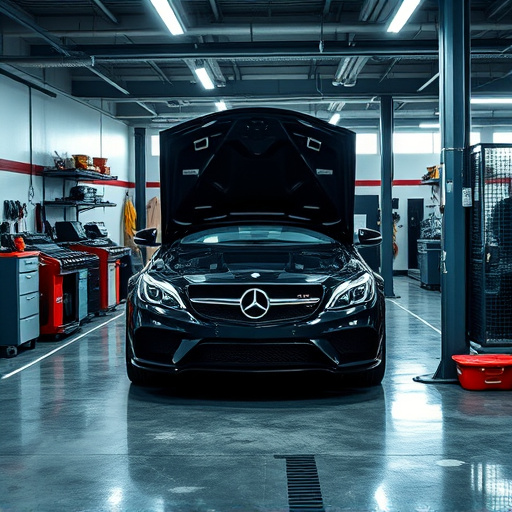
Optimizing Collision Repair Turnaround Time is a strategic approach that significantly enhances customer satisfaction and ensures efficient operations for auto body repair shops. One key aspect is streamlining the evaluation process, which often involves advanced diagnostics tools to accurately assess the extent of damage. By minimizing estimation time, technicians can quickly develop tailored repair plans.
Additionally, prioritizing tasks and efficient resource allocation play pivotal roles in reducing turnaround times. This includes efficient scheduling, ensuring that parts are readily available, and employing skilled personnel specialized in various auto body repairs, including car bodywork services and expert auto painting techniques. Such optimizations not only speed up the repair process but also maintain high-quality standards in every aspect of car collision repair.
Car collision repair times can vary significantly based on several factors, from damage severity to parts availability. Understanding these variables empowers both car owners and repair shops to set realistic expectations. By optimizing the repair process through efficient communication, streamlined inventory management, and advanced technology, collision centers can significantly reduce turnaround times. Remember that prompt repairs not only benefit owners but also ensure safer roads for everyone.
